Hunza Valley – A Simple Guide to a Beautiful Place
Published: 23/03/2025
Hi, friends! I’m so excited to tell you about Hunza Valley. It’s a lovely place in Pakistan that I think you’ll love too. Imagine a valley with big mountains, clear blue lakes, and people who smile a lot, that’s Hunza Valley! I’ve been there, and it’s one of my favourite spots. It’s easy to see why so many people call it a paradise.
In this article, I’ll share where Hunza Valley is, what makes it special, and why it’s great for trips. We’ll talk about the people, tours, weather, and even some fun picnic spots.
Ready? Let’s go!
Where Is Hunza Valley Located?
Hunza Valley is up in northern Pakistan, in a place called Gilgit-Baltistan. It’s near really tall mountains, like the Karakoram range. I like to think of it as a faraway land close to China’s border, pretty cool, right?
If you’re wondering where Hunza Valley is located, I’ll make it simple. Islamabad, the capital city, is about 600 kilometers away. That’s a long drive, around 18 to 20 hours by car or bus on Karakoram Highway.
If you’re closer, like in Gilgit, it’s only 100 kilometers, which takes 2 to 3 hours. I’d love to show you a map so you can see it yourself!
How to Reach Hunza
Hunza Valley, a stunning gem in Pakistan’s Gilgit-Baltistan, is accessible from Islamabad by various means. Here’s a concise guide:
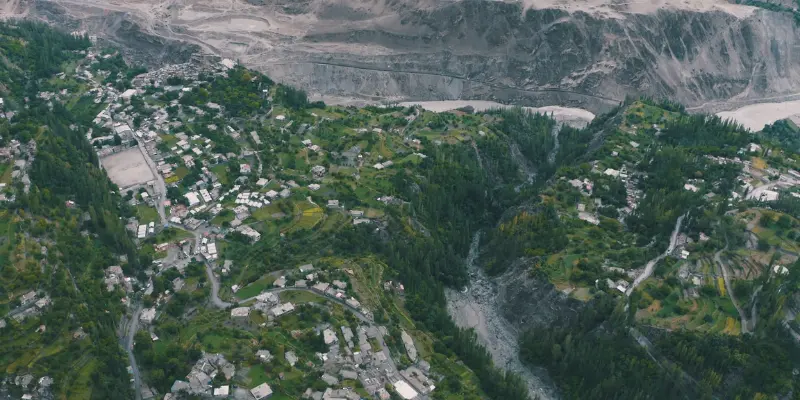
By Road from Islamabad
Drive 600-650 km along the Karakoram Highway (KKH) from Islamabad to Hunza in 10-12 hours via Abbottabad and Chilas. Alternatively, take the seasonal Naran-Babusar route (9-11 hours, May-Oct). Private cars or taxis work best; check road conditions.
By Air and Road
Fly from Islamabad to Gilgit (1 hour), then drive 2-3 hours (100 km) to Hunza. Total time: 4-6 hours, though flights depend on weather.
By Public Transport
NATCO buses from Rawalpindi to Hunza take 15-18 hours. Affordable but less comfy; book ahead.
Quick Tips
- Best Time: Spring or Autumn.
- Essentials: Snacks, water, warm clothes.
- Permits: Foreigners may need an NOC.
Choose your route, plan wisely, and enjoy the journey to Hunza’s beauty!
Hunza Valley Pakistan – What’s So Great?
I love Hunza Valley in Pakistan because it’s so pretty. The mountains are huge, like Rakaposhi, which I saw with my own eyes. There are lakes too, like Attabad Lake. The water there is so blue it looks like someone painted it! The green fields and trees make everything feel peaceful.
Hunza has some old history too. I visited forts like Baltit and Altit. They’re hundreds of years old and look like castles from a storybook. Walking inside felt like stepping back in time. I’d snap a picture for you if I could, they’re so neat!
Hunza Valley People – Who Are They?
The Hunza Valley people are super nice. I met some locals, and they were so friendly. One even gave me tea and smiled the whole time! They speak languages like Burushaski and Wakhi, which sound different but fun.
They live a simple life. They eat healthy foods like apricots and walnuts, I tried some, and they’re yummy! The kids there love school too. I heard many of them study hard, which I think is awesome. Meeting them made my trip even better.
Hunza Valley Tours – Fun Ways to Explore
If you like adventures, Hunza Valley is perfect. I went on a road trip along the Karakoram Highway, a big road with amazing views. You can also go trekking or visit little villages. One time, I took a jeep ride to Khunjerab Pass. I felt like I was on a big adventure ride!!
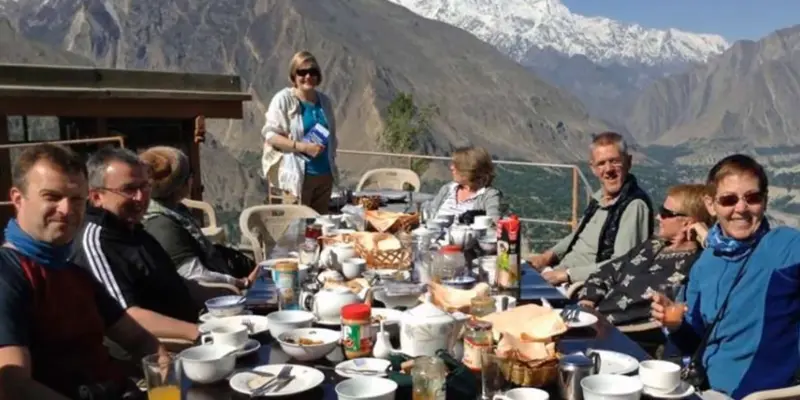
I think May to October is the best time to go! The weather is nice then, and the roads are open. I’d say bring a guide if it’s your first trip, it makes things easier. What kind of tour would you like to try?
Weather in Hunza Valley
The weather in Hunza changes a lot. In summer, it’s warm, around 20 to 25 degrees Celsius. That’s perfect for playing outside. Winter gets cold, below 0 degrees sometimes! Spring and fall are my favorites because the trees turn pretty colors, like gold and red.
Hunza Valley in winter is snowy and quiet. I saw pictures of it covered in white, it looks fun if you like snow. But it’s harder to travel then, so I’d pack a big jacket. What weather do you like best?
Fun Facts About Hunza Valley
Here’s a fun fact about Hunza Valley that I love sharing: the people there are known for living long lives, sometimes over 100 years! I find that so cool. When I visited, I heard it’s because they eat healthy stuff like apricots “خوبانی” (pronounced “khoo-baani”) and walnuts “اخروٹ” (pronounced “akh-rot”), and fresh veggies from their farms.
Plus, the clean air and active life in the mountains help them stay strong. It’s like Hunza has a secret recipe for a long, happy life!
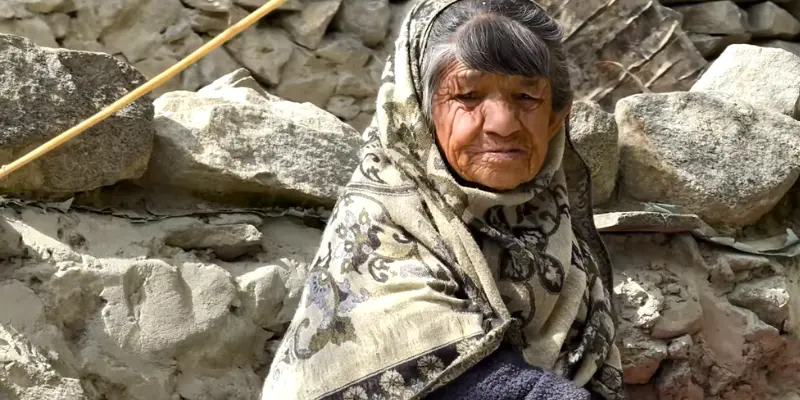
Famous Picnic Points in Hunza Valley
Hunza has some great spots for picnics! I’ll tell you my favorites:
Rakaposhi Peak
A majestic snow-capped mountain standing at 7,788 meters (25,551 feet), Rakaposhi is one of the most iconic sights in Hunza. Its Rakaposhi Base Camp is a popular trekking destination offering panoramic views.
Attabad Lake
Formed in 2010 after a landslide blocked the Hunza River, this turquoise-blue lake is a natural wonder. Visitors enjoy boating, jet-skiing, and the scenic beauty framed by surrounding mountains.
Baltit Fort
A 700-year-old architectural marvel perched above Karimabad, the capital of Hunza. This UNESCO-listed fort offers a glimpse into the region’s royal history and stunning views of the valley.
Altit Fort
Another historic gem, over 1,000 years old, is located in Altit village. It features ancient wooden interiors, a royal garden, and a window with a famous view of the Hunza River and mountains.
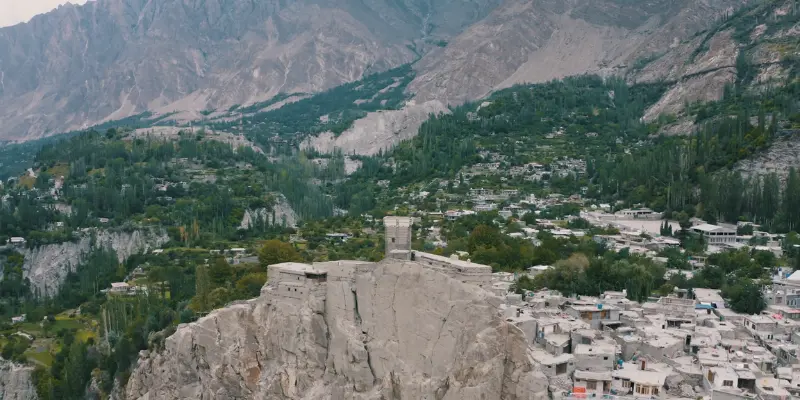
Passu Cones (Cathedral Peaks)
These dramatic, jagged peaks near Passu village are a photographer’s dream. The unique geological formations contrast beautifully with the Karakoram Range.
Hussaini Suspension Bridge
Known as one of the most dangerous bridges in the world, this rickety wooden bridge spans the Hunza River. Crossing it is an adventure for thrill-seekers.
Khunjerab Pass
The highest paved international border crossing in the world (4,693 meters/15,397 feet), connecting Pakistan and China. It’s part of the Karakoram Highway and offers a surreal high-altitude experience.
Eagle’s Nest (Duikar)
A viewpoint at 2,800 meters above sea level, offering 360-degree views of Hunza Valley, especially stunning at sunrise or sunset with peaks like Ladyfinger and Ultar Sar in sight.
Gojal Valley
The upper part of Hunza is known for its serene villages like Passu and Gulmit, as well as proximity to glaciers and the Batura Muztagh range.
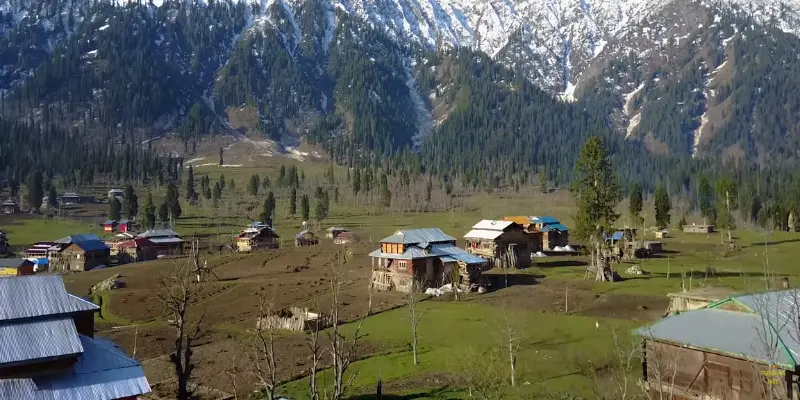
Local Culture and Cuisine
Hunza is famous for its warm hospitality, unique Burushaski language, and the longevity of its people. Local dishes like Chapshuro (meat pie), Hoi Garma (noodle soup), and apricot-based treats are a must-try.
Glaciers
The region is home to impressive glaciers like Passu Glacier, Batura Glacier, and Hopper Glacier, accessible via treks and offering a raw, untouched natural experience.
Karimabad Bazaar
A vibrant market where visitors can shop for local handicrafts, gemstones, and dried fruits (especially apricots), and experience the lively Hunza culture.
Picnics in Hunza are fun because the air is fresh and the views are amazing. I packed some apricots once, it felt so local! Where would you have your picnic?
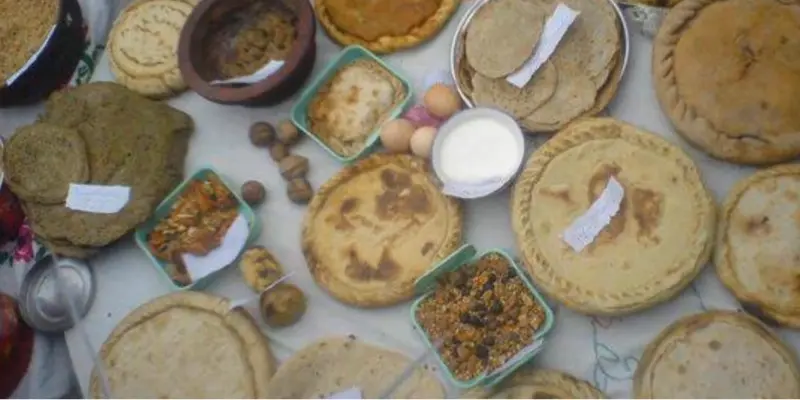
Final Thoughts
So guys, in this article, we’ve covered Hunza Valley in detail. I told you about its location, the people, tours, weather, and picnic spots. Hunza Valley is special to me, it’s so pretty and full of fun things to do.
I really recommend visiting Attabad Lake because it’s peaceful, and I loved eating my snacks there by the water. Now, pack your bags, plan a trip, and tell me in the comments where you want to go first!
FAQs About Hunza Valley
Here are some mostly asked questions about Hunza Valley.
Hunza Valley is in northern Pakistan, in a place called Gilgit-Baltistan. It’s near big mountains and close to China’s border. I think it’s cool to imagine it so far up north!
It’s about 600 kilometers, so it takes 18 to 20 hours by car or bus. That’s a long ride, but the views on the way are worth it! I’d bring snacks to make it fun.
May to October is the best because it’s warm and the roads are open. I loved the sunny days when I went in summer. Winter is cold and snowy, so it’s trickier to travel then.
They eat healthy foods like apricots and walnuts, which keep them strong. The clean mountain air helps too, I breathed it in and felt so good! Plus, they stay active walking around the valley.
Yes, there are small waterfalls, like one near Altit Village. They’re not super big, but I heard the water sounds nice. The lakes and rivers are more famous, though!
Attabad Lake has bright blue water that looks amazing, I couldn’t stop staring! It’s great for picnics or boat rides. I ate my sandwich there and loved the peace.
Yes, Baltit and Altit forts are old and look like castles! I walked inside and felt like I was in a history book. They’re hundreds of years old, pretty neat, right?
Pack comfy shoes for walking and a jacket for cold nights. I bought a camera too because everything is so pretty. If it’s winter, add a big coat for the snow!
Totally, places like Rakaposhi Viewpoint and Duikar are perfect for picnics! I sat at Passu Cones with my food and loved the pointy rocks around me. Bring some apricots to eat like the people there!

- Be Respectful
- Stay Relevant
- Stay Positive
- True Feedback
- Encourage Discussion
- Avoid Spamming
- No Fake News
- Don't Copy-Paste
- No Personal Attacks

- Be Respectful
- Stay Relevant
- Stay Positive
- True Feedback
- Encourage Discussion
- Avoid Spamming
- No Fake News
- Don't Copy-Paste
- No Personal Attacks



